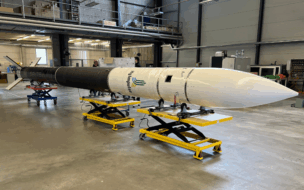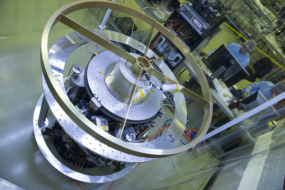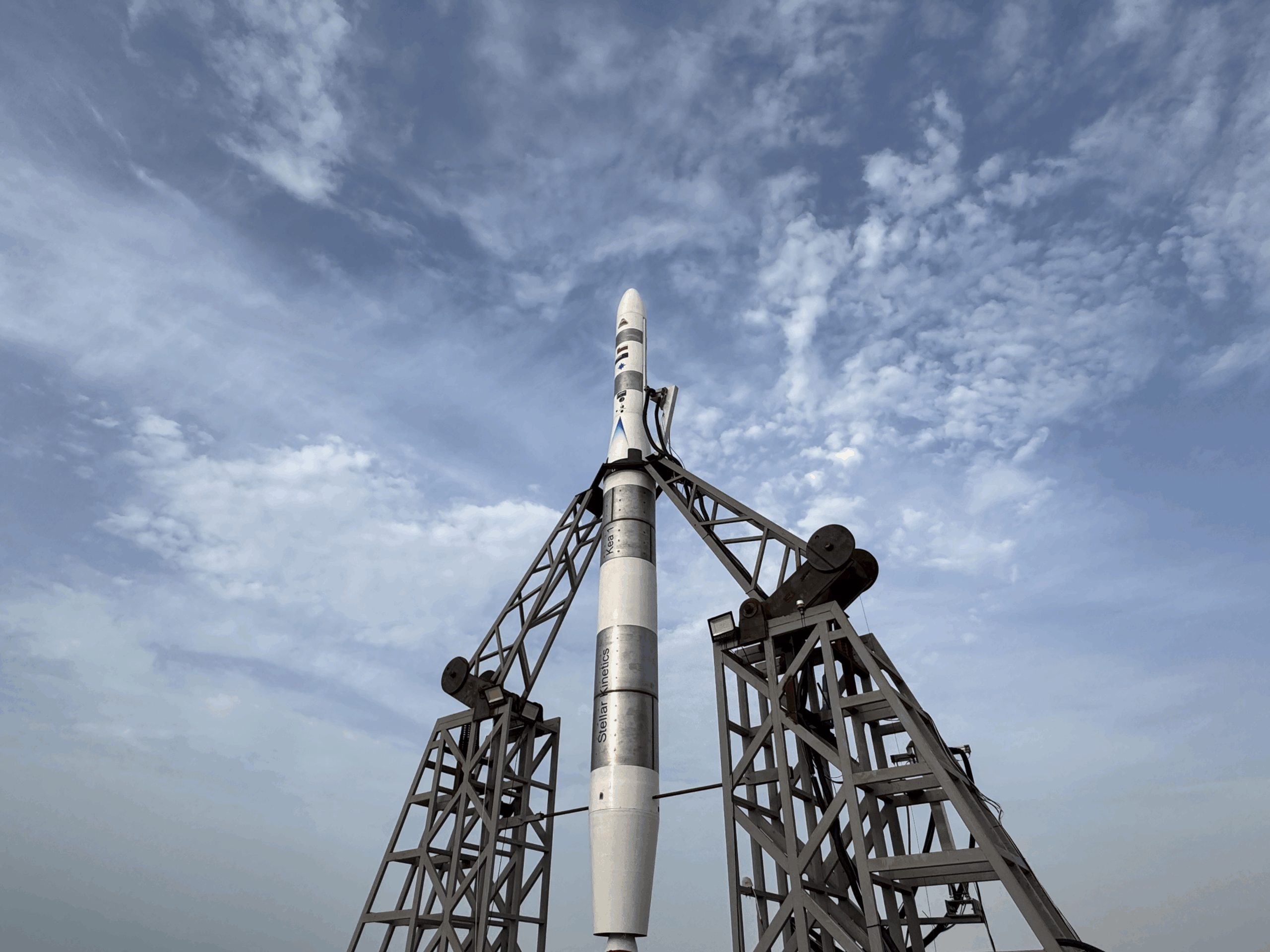SpaceX called out rival Echostar for allegedly failing to meet deployment requirements for radio spectrum in the 2 GHz band, using novel evidence: A spectrum analysis performed by a Starlink satellite.
The FCC assigned a portion of the spectrum known as AWS-4 to Echostar, a subsidiary of Charlie Ergen’s Dish Networks, to support both satellite communications and a ground-based 5G network.
Checking your work: SpaceX told the FCC on April 14 that it used a Starlink satellite to measure the activity in Echostar’s frequency bands—and that not much was happening.
The chart above shows the power spectral density (psd), a proxy for activity, across the relevant radio frequencies, which can be measured by phased-array antennas on Starlink satellites. Spectrum allocated to other networks shows much more activity than that used by Echostar.
Who’s right? SpaceX says it analyzed three locations: In Alaska, the Northeast US, and the Western US. But Echostar pointed out that its requirement is to serve 70% of the US population, and the company maintains it does do that—and the FCC certified as much in 2023.
If SpaceX (intentionally or not) measured areas with low population density, both companies have a point: Echostar is meeting its official requirement, but that threshold isn’t a meaningful measure of spectrum usage.
Why does SpaceX care? New Starlink users in the United States are being asked to pay “congestion fees” of up to $250 on top of the normal cost of the broadband service. That’s a sign the Starlink network is reaching capacity in its most lucrative market, even as its international expansion is slowing. SpaceX has an interest in using Echostar’s radio real estate to gain more customers in the US.
Where does this go from here? Accusations of spectrum-squatting between competitors are nothing new, and this could simply be a novel way to make the argument. But Quilty’s Kimberly Siversen Burke writes that if the Musk-friendly FCC were so inclined, it could use this evidence to “justify revising the 2 GHz and/or Big LEO licensing framework to enable shared spectrum use” that prioritizes next-gen systems like Starlink.




